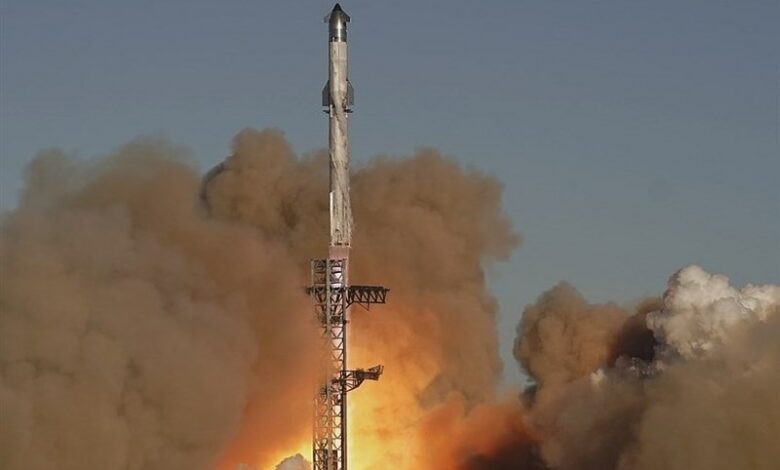Elon Musk’s spacecraft disintegrates again over Indian Ocean

The massive Starship rocket, considered the most powerful launch system ever built, lifted off at 18:36 local time from SpaceX’s facility near a village in southern texas.Residents there had recently voted to rename their town “Starbase” earlier this month.
Initial signs of trouble emerged when the first-stage booster exploded instead of making a controlled landing in the Gulf of Mexico. Live footage later showed the upper section failing to deploy payload doors meant to release Starlink satellite simulators.
Although this flight covered more distance than two previous tests, leaks developed in it’s systems. The spacecraft lost control during its suborbital trajectory, spun out, and ultimately broke apart upon re-entry into Earth’s atmosphere.
SpaceX posted on X that Starship experienced “a rapid unscheduled disassembly”-a phrase often used by the company to downplay failures-adding it would learn from this setback. Elon Musk pledged to accelerate launch frequency, stating subsequent attempts would occur every three to four weeks.
He did not confirm whether a planned livestream about Mars missions would proceed.U.S. regulators had approved this launch just four days prior, following a two-month hiatus due to investigations into an earlier incident.
Previous test launches in January and March also ended explosively minutes after liftoff, scattering debris across parts of the Caribbean Sea and disrupting commercial flights.


